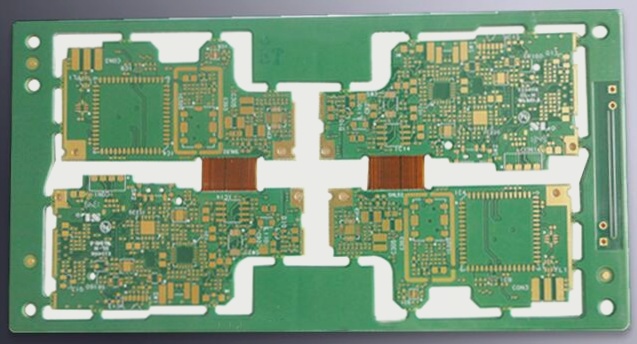Comprehend solutions for ensuring PCB signal integrity.
Signal integrity issues in PCB design, such as crosstalk and reflection, are influenced by various factors, and addressing them involves strategies like reducing signal edge transitions, minimizing line coupling, using impedance matching, and employing proper termination techniques to enhance performance in high-speed circuits.
Comprehend solutions for ensuring PCB signal integrity. Read More »










